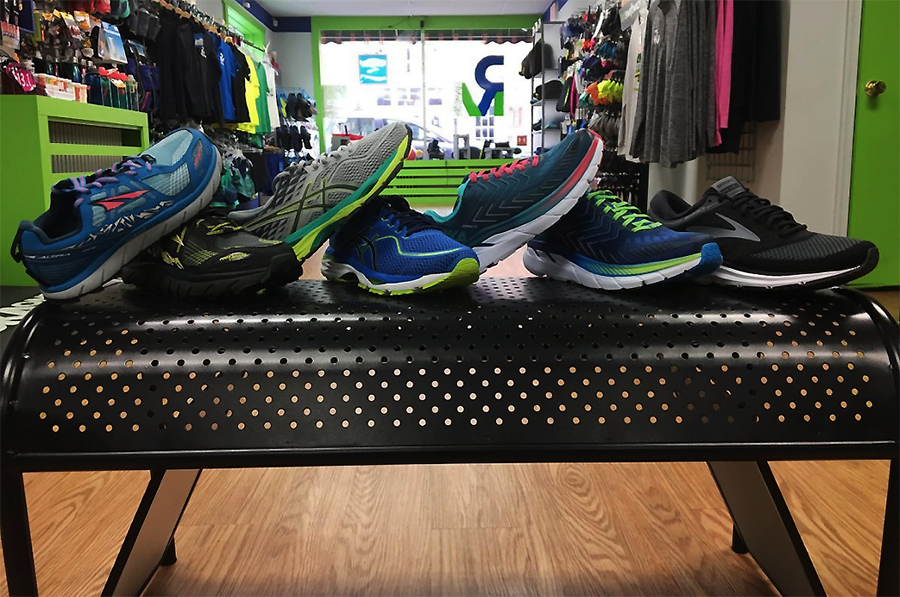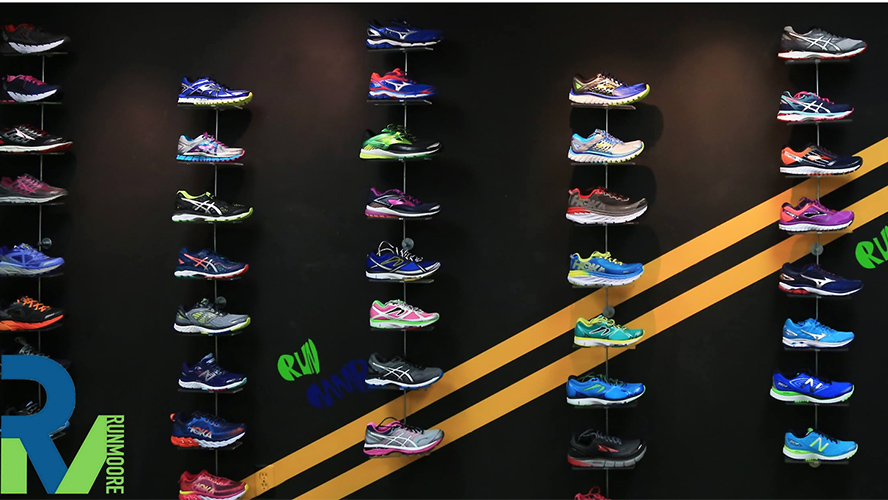<span style="color: #a1a1a1;">The third COVID-19 Retail Survey of run specialty stores from The Running Industry Association (RIA) found sales for the wide majority of respondents recovered in June. However, sales slowed somewhat in July and many run specialty stores remain somewhat pessimistic about sales returning to pre-COVID-19 levels in the foreseeable future.
On the positive side, the August report found that in the month of June most run specialty shops beat retailer’s expectations. In the June report, only 34 percent of retailers projected that sales for the month would be flat, or up, when compared to 2019. In the August survey, 70 percent of retailers reported seeing June sales that matched or exceeded last year’s numbers.
However, June’s momentum slowed in July. While most retailers were up for the month compared to 2019, the percentage of retailers who saw an increase was 59 percent, down from 70 percent in June. Also, the number of retailers who were down between 1-and-20 percent grew to 33 percent, compared to 20 percent in June.
For the second half, run specialty retailers are expecting soft sales with 34 percent projecting to be up over 2019 for the second half while 50 percent project sales will be down 1-to-20 percent — reflects a more bullish prediction than found in the June report when 28 percent of retailers expected an increase in sales.

The August survey also found the ‘new abnormal’ here for some time. Seventy-four percent of retailers do not anticipate returning to 2019 sales levels until the second or third quarter of 2021. Twenty-two percent said they will never return to prior sales volume.
That is bleaker when compared to the June survey response where 74 percent of retailers projected sales would return to normal by Q121, while the remaining 25 percent believed it would take 12 months or more to return to pre-COVID-19 sales levels.
The August results also found retailers are taking a cautious approach to their buy plans for 2021. While almost 50 percent are planning their normal inventory and assortments, another 50 percent are either planning to reduce inventories or cut back on their assortments to focus on key styles.
Other findings from RIA’s August survey found:
- Asked how they would describe their inventory and assortment planning in the back half of 2020, 32 percent said they planned to maintain inventory similar to their original 2020 plan; 26 percent said they would likely reduce their SKU count; 24 percent planned to keep their brand count and assortment plan ‘as-is’ but reduce inventory; 13 percent planned to focus on footwear with lighter inventory in apparel and accessories; 5 percent planned to likely cut back on the number of brands they carry.
- Regarding footwear buying plans, the majority, 53 percent of respondents, planned to sit tight and take a normal percent of futures orders; 37 percent said they would likely cancel, or revise, futures and chase at-once availability.
- In apparel, 47 percent of respondents said they planned to sit tight and take a normal percent of their futures orders while 47 percent indicated they would likely cancel or revise their futures.
- In accessories, 63 percent plan to sit tight, while 32 percent of respondents said they would likely cancel or revise futures down.
- 96 percent of respondents in the August survey indicated that based on their store’s current situation and projected sales moving forward, they were confident their business would remain viable. Only 4 percent of respondents were unsure.
The August survey results can be read here.
Photos courtesy Run Moore, located in downtown Westminster, MD
















